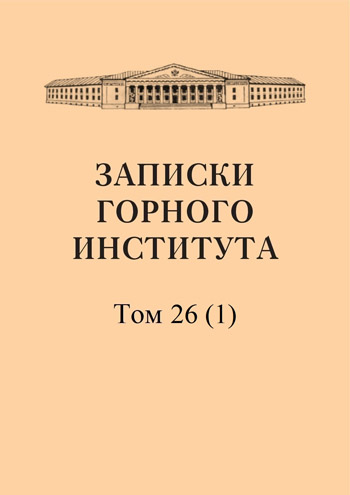Methodology for assessing the accuracy of mineral reserves calculations
Abstract
The currently known methods of calculating reserves cover all cases and specific conditions of various deposits with sufficient completeness. The correct choice of a method from among the existing ones ensures obtaining results with an error, the magnitude of which is determined not so much by the calculation methods as by the detail of exploration. From this point of view, the development of new calculation methods (especially based on preliminary and detailed exploration data) is not a pressing task. It should be borne in mind that from the point of view of accuracy, all calculation methods used in practice are approximately equivalent, with the exception of the arithmetic mean method. Methods for calculating reserves in operational exploration require further development, mainly in the direction of simplifying the calculation technique associated with the use of the numerous data that must be dealt with in these cases. Here, smoothing techniques should be used more widely, as well as methods of mathematical statistics (in particular, correlation theory) to clarify the patterns of mineralization, as well as to delineate ore deposits. Special mining-geometrical graphs should be used more widely, allowing cumbersome calculations to be replaced by comparatively simple graphical operations. In connection with the large number of samples and tested workings, the use of graphs has significantly simplified the calculation of reserves.
